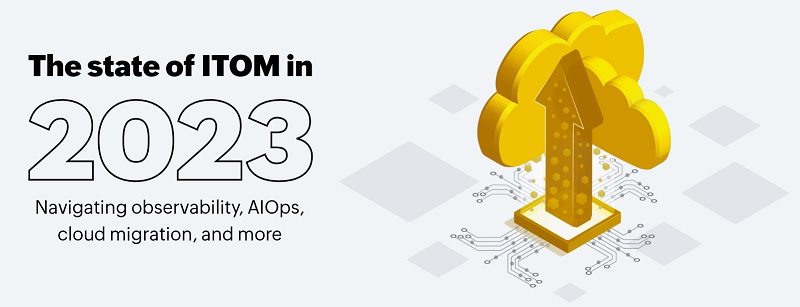

In today's digital landscape, providing a seamless customer experience (CX) has become a top priority for IT operations teams. They are increasingly turning to observability and AIOps to achieve this. However, a study conducted by ManageEngine — State of ITOM in 2023— found that organizations face several challenges while adopting both technologies.
The primary challenge with observability was a lack of understanding. More than 57% of the IT decision makers who responded stated that their organization was not fully familiar with the concept of observability.
Similarly, more than 65% of respondents said their organizations lacked a proper understanding of AIOps and its use cases.
Other common challenges include technical complexity, concerns about cost and return on investment, and lack of a clear implementation strategy.
Organizations thus run the risk of not deriving the full value of observability and AIOps if they don't address the knowledge gaps that exist currently.
Customer expectations today have skyrocketed, leaving no room for the possibility of the slightest downtime or service disruption. To stay ahead, IT teams must ditch siloed management and embrace ITOps solutions with advanced AI- and ML-powered observability, according to ManageEngine.
In fact, 62% of the respondents said that a unified ITOM solution with observability and AIOps functions would help them to proactively identify performance bottlenecks.
Survey Methodology: ManageEngine ran a survey polling more than 470 IT decision makers encompassing CIOs, CTOs, vice presidents, directors, IT administrators, IT managers, etc. to understand the state of ITOM in 2023. All the interviews were conducted using a rigorous, multi-level screening process to ensure that only eligible candidates were given the opportunity to participate.

